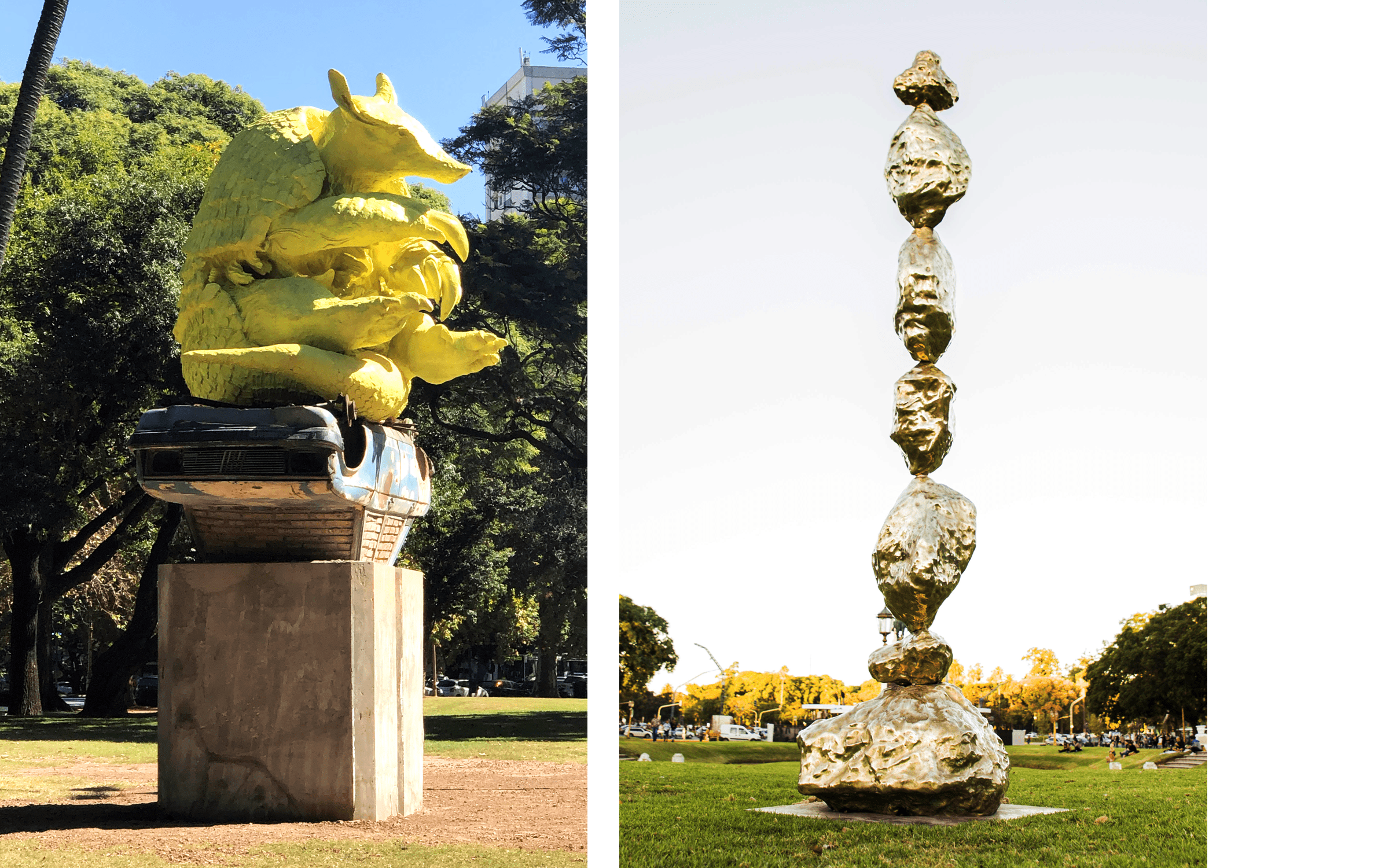Going public: Three Argentine artists on the risks and rewards of showing art in unexpected places
Marie Orensanz, Luna Paiva, and Mariana Telleria discuss their installations in a city park for the Semana del Arte in Buenos Aires
登入並訂閱巴塞爾藝術展專題故事
Component not found for QTS CMS module.
Either mapping is wrong or this module has no Frontend component yet.
Either mapping is wrong or this module has no Frontend component yet.
